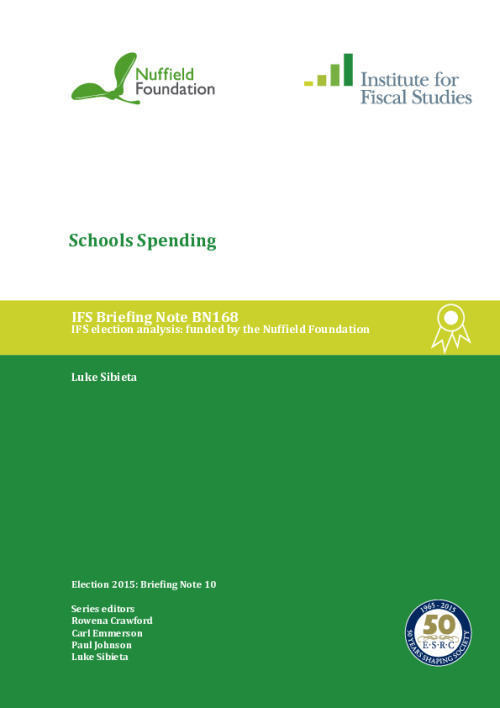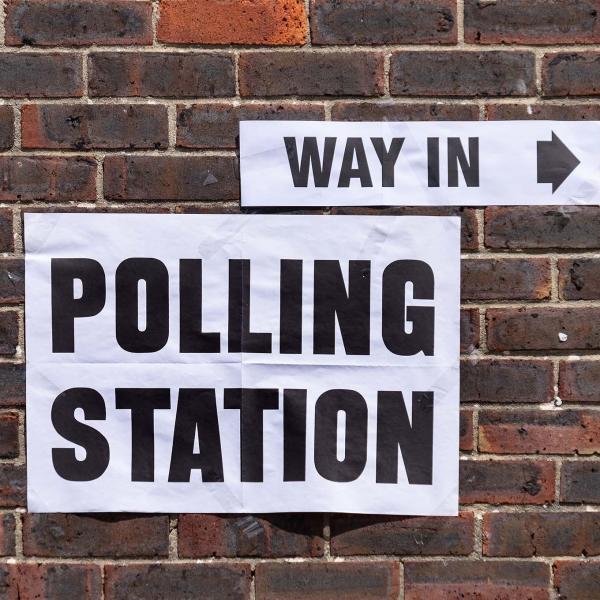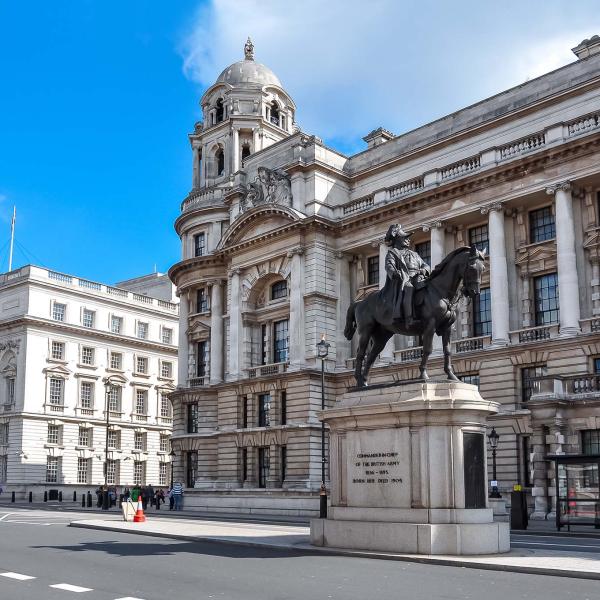This briefing note focuses on changes in schools spending in England over time, comparing these with other areas of education spending, and examines how reforms to school funding have affected different groups of schools.
- Current or day-to-day spending on schools in England has been relatively protected both compared with other areas of public service spending and compared with other areas of education spending under the coalition government. Between 2010–11 and 2014–15, current spending on schools has risen by 3.0% in real terms and by 0.6% in terms of real spending per pupil. This compares with a real-terms cut of 13.6% to the age 16–19 education budget and a large real-terms cut to capital spending (across all phases of education) of about one-third. Current public service spending was cut by just over 8% in real terms.
- The coalition government has made a number of important reforms to the school funding system in England, including: the introduction of the pupil premium; simpler school funding formulae, which help ensure local authority maintained schools, academies and free schools are funded on a similar basis; and giving schools more financial autonomy and responsibility.
- Even before the pupil premium, there was already a substantial level of funding targeted at deprivation. In 2010–11, funding per pupil was 35% higher amongst the most deprived set of primary schools than amongst the least deprived ones, and it was 41% higher amongst the most deprived secondary schools than amongst the least deprived. By 2014–15, these figures had increased to about 42% and 49%, respectively, as funding per pupil rose more strongly amongst more deprived schools as a result of the pupil premium.
- As well as a relatively generous settlement in the current parliament, squeezes on public sector pay mean that the actual costs faced by schools are likely to have increased by less than overall measures of economy-wide inflation. This is probably an important explanation for why the school workforce has not fallen since 2010. The number of teachers has held steady at 450,000 and the number of teaching assistants has actually increased from 210,000 in 2010 to reach 240,000 by 2013.
- There are likely to be some significant cost pressures on schools’ spending over the next parliament. First, overall pupil numbers are expected to grow by 7% between 2016 and 2020. Second, the cost of employing staff for schools is likely to rise. There will be upward pressure on public sector pay levels in the next few years if private sector earnings continue to recover. The Office for Budget Responsibility (OBR) currently expects public sector pay per head to rise by 14.2% between 2014–15 and 2019–20. Additional employer pension contributions and higher National Insurance contributions (due to the end of contracting out) will further push up costs. The level of economy-wide inflation as measured by the GDP deflator is currently expected to be 9.1% between 2014–15 and 2019–20. If we account for the end of contracting out and increased employer pension contributions, we estimate that costs faced by schools will increase by 11.7% between 2014–15 and 2019–20. This increases to 16.0% if we further account for the OBR’s assumptions for likely growth in public sector earnings.
- Labour and the Liberal Democrats have committed to protecting the age 3–19 education budget in real terms, though neither have said how this will be split across different parts of the budget. Meanwhile, the Conservatives have committed to protecting cash school spending per pupil. In practice, these commitments might imply similar overall settlements for schools if nominal spending increases are allocated equally across all areas by Labour and the Liberal Democrats (and assuming the protections are only just met). However, all could imply real-terms cuts to school spending per head of 7% between 2015–16 and 2019–20. This increases to 9% if we account for increases in National Insurance and pension contributions and to 12% if we also account for the OBR’s assumption for likely growth in public sector earnings. This would be less generous than the real-terms increase in spending per pupil seen over the current parliament. There are clearer differences on proposals for education spending outside schools, such as 16–19 education, which has already seen large cuts.
The briefing note forms part of the IFS election 2015 analysis, funded by the Nuffield Foundation.










